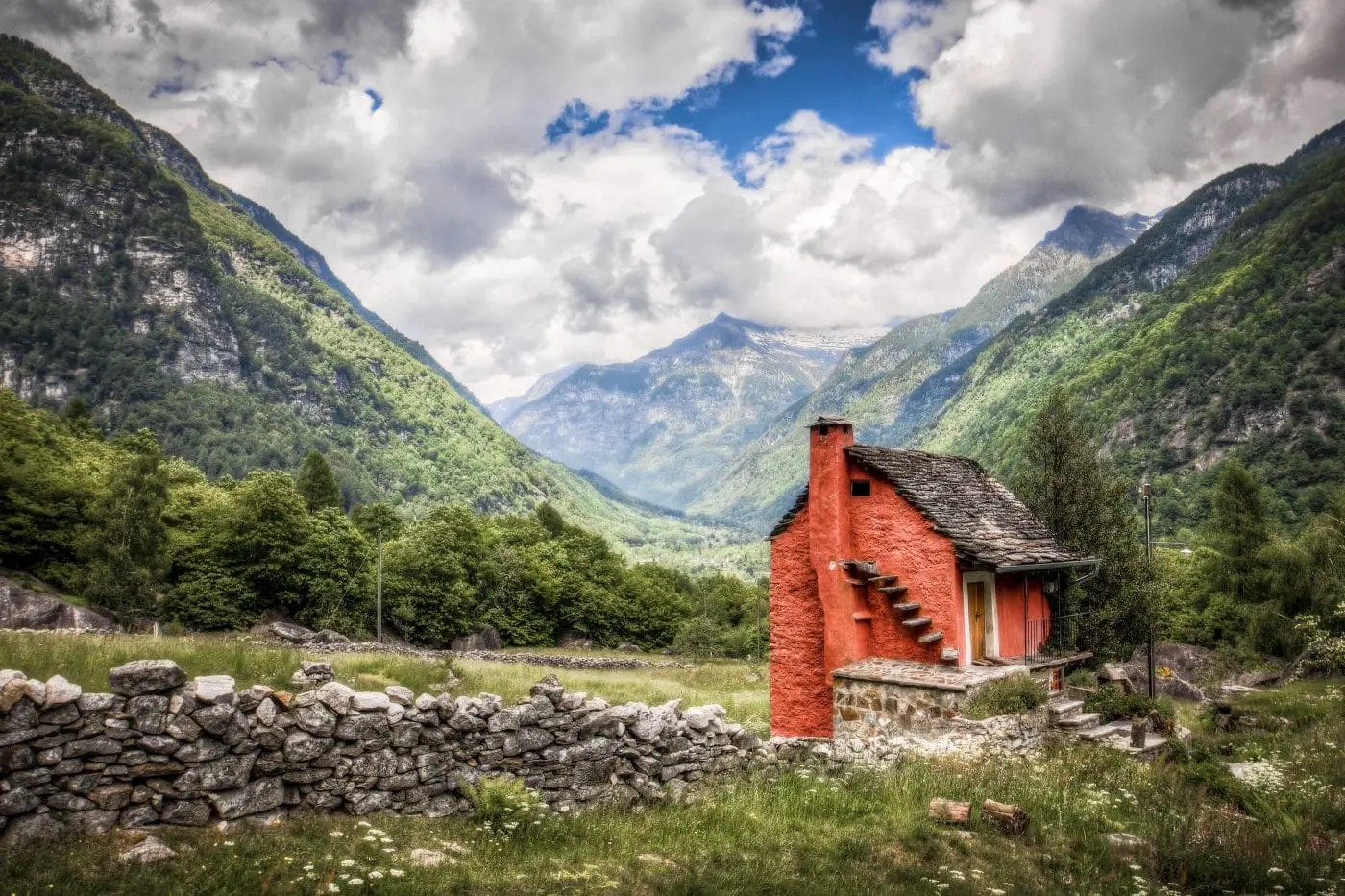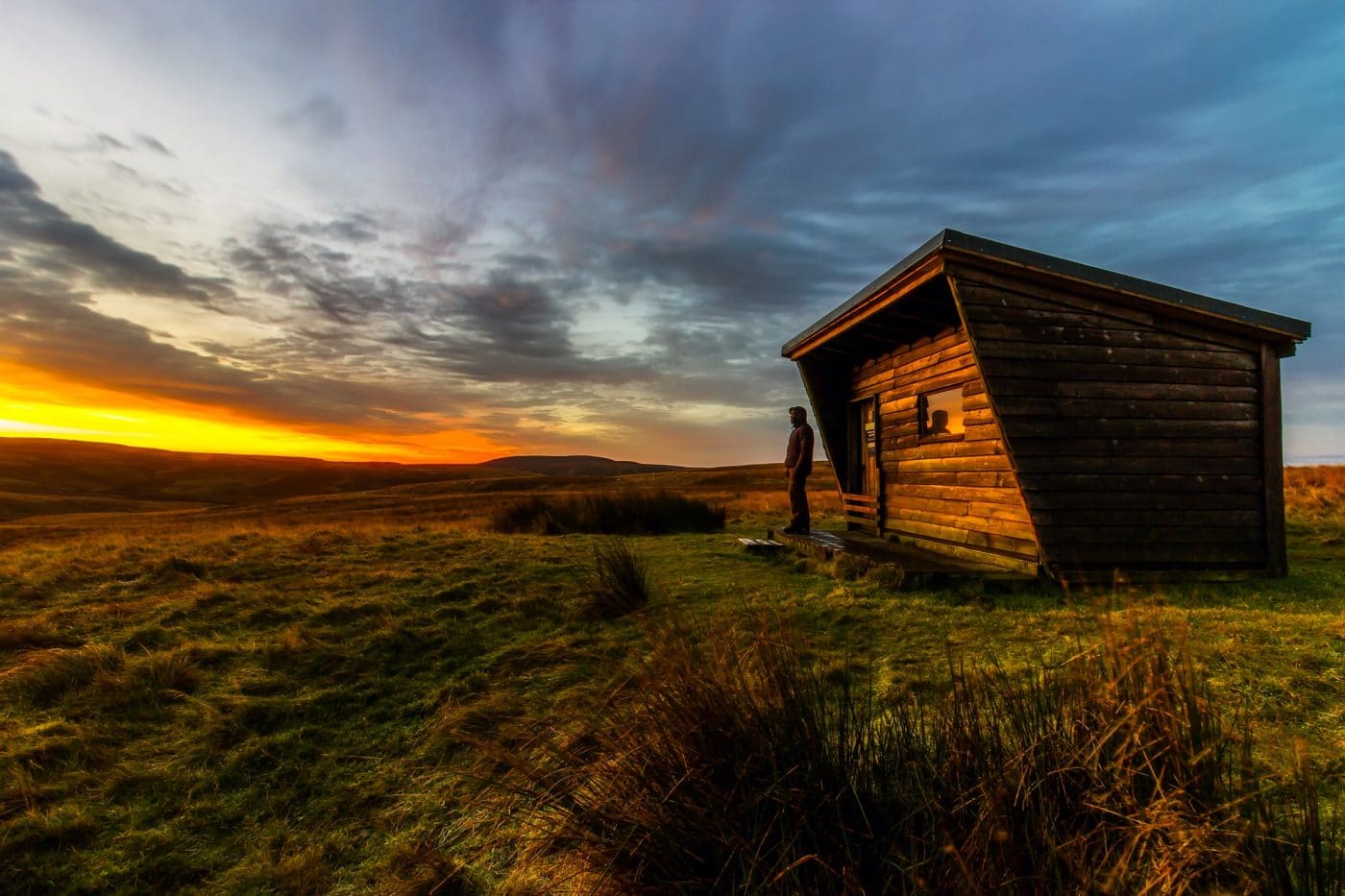[dropcap]T[/dropcap]he housing market is shrinking, and not just in an economic sense, but in the actual dimensions of homes which are being downsized to 200 square feet or less. Tiny houses are the new trend in home design and architecture, even taking over the home improvement network HGTV. HGTV’s lineup of property flipping and dream homes now features three shows with a smaller focus; Tiny House Hunters, Tiny House, Big Living, and Tiny Paradise. However, this shift in architectural focus is not only due to changing trends, but reflects the newest generation of homeowners. Both from an architectural and economic standpoint, tiny homes are reflective of millennial culture in norms, values, and prospective futures.
The evolution of tiny designs
Architectural features within tiny homes in general focus on getting the most out of your money and out of the small space…includes design elements like compensating for a lack of storage by converting staircases into closet spaces, or including foldaway benches and seating to allow for more room for necessities.
While tiny homes are making a clean sweep on televised programs, the concrete designs are not anything new. Smaller homes hold a place in historical contexts, but many in the architectural field cite architect and author Lester Walker’s 1987 publication Tiny Tiny Houses: or How to Get Away From It All as the origin for the design movement. Along with architectural information and accompanying photography, Walker’s book takes a philosophical approach to tiny homes. He emphasizes the importance of living simply by downsizing space, and thus, ridding oneself of material nuisances. His work often features tiny homes in remote and picturesque locations steeped in nature, like seascapes and quiet woods.

Walker’s vision of tiny homes in the late 80s completely contrasts the tiny homes of today. One of the leading contemporary creators of tiny homes is the company Minim Homes, lead by marketing expert Brian Levy and designer David Bamford. They have revolutionized tiny homes into their signature “micro houses” and have been the recipients of three awards from the American Institute of Architects for their innovative and creative designs.
Tiny homes, like those produced by Minim Homes, focus on modern designs, efficiency, and affordability. Architectural features within tiny homes in general focus on getting the most out of your money and out of the small space. As a result, both designers and home buyers have to get creative in creating or purchasing a home. This includes design elements like compensating for a lack of storage by converting staircases into closet spaces, or including foldaway benches and seating to allow for more room for necessities.
Although tiny homes have retained their small stature and portability, their overall design has changed drastically to suit their needs. Tiny homes are no longer solutions for those with wanderlust, but they are necessities for the millennial generation who face low income, high debt, and a lack of job permanence.
While many purchase tiny homes in order to travel, this is a guise for hidden sociological and generational conflicts. With fewer jobs, this leads to greater travel, and a home on wheels lends to easier relocation than rooted structures. And sacrificing a home in order to experience the full scope of life begins to uncover the millennial climate that is shaping changes in designs. The tiny homes of today reflect changing needs with inexpensive qualities and merely resemble the whimsical getaways depicted by Lester Walker.
Smaller paychecks, smaller homes
…tiny homes are no longer dream escapes, but grim reminders of a failing economy for those born between 1981 and 1997. With pressing economic realities, millennial culture urges young people to make do with what they have…
A negative economic outlook for the millennial generation is not a matter of opinion, but an unfortunate reality that is represented through record-low annual income. Fortune writes in their article, “Here’s How Much Millennials Are Making in One Chart,” authors Anne VanderMey and Nicolas Rapp report that “Despite being the largest generation in the U.S. workforce, they make on average 20% less than boomers did at the same age.”
When this information is coupled with research from ORC International, provided by Inc. Magazine titled, “63 Percent of Millennials Have More Than $10,000 in Student Debt. They’ll Be Paying for Decades,” the ability to one day own a home is a scarce possibility for many millennials. And thus, tiny homes are no longer dream escapes, but grim reminders of a failing economy for those born between 1981 and 1997. With pressing economic realities, millennial culture urges young people to make do with what they have, whether it is a entry-level job or lack of upward mobility, just as tiny homes use the square footage that they can to pack in design features.

Unlike the architectural design of tiny homes, which views a home’s lack of square footage as a problem that needs to be solved through strategic design, the overall cost efficiency of tiny homes is more like a bandage covering a much deeper issue.
Unlike the architectural design of tiny homes, which views a home’s lack of square footage as a problem that needs to be solved through strategic design, the overall cost efficiency of tiny homes is more like a bandage covering a much deeper issue. With millennials earning less and owing more, tiny homes offer affordable solace, but without any return that comes along solid investments. Forbes argues against the purchasing of tiny homes in “5 Reasons Buying A Tiny House Is A Mistake” where realtor experts advise that there simply is no demand for tiny homes in order to earn increasing home equity on an investment. So while tiny homes are affordable now, they do not promise an easy financial solution should the home owner decide that the tiny lifestyle no longer suits them.
There is a reason why HGTV is beginning to revamp their shows which typically focus on flipping houses for profit or purchasing dream homes. Tiny homes offer livable space at an affordable cost through thoughtful designs, but do not represent their initial purpose of escapist living. Instead, tiny homes encompass the economic downturn that millennials face and the ways they make do.




